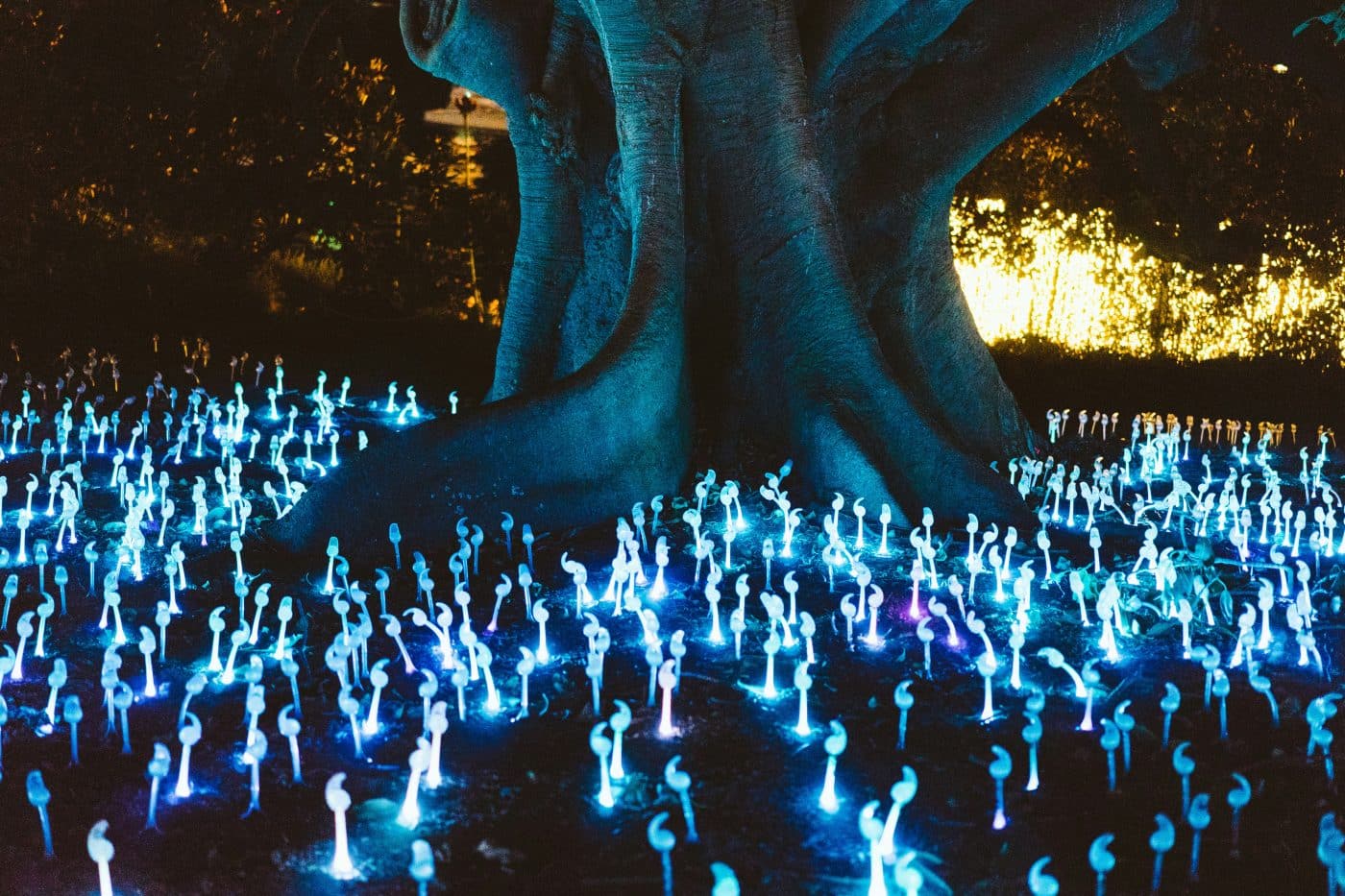 Shutterstock
Shutterstock
The animal kingdom is full of surprises, but some creatures have evolved in ways that are so bizarre, they defy belief. These mutations, some of which are incredibly rare, make certain animals look and behave in ways that challenge the very laws of nature. These mutations show just how unpredictable and strange evolution can be. Some of these anomalies have even sparked fascination and curiosity among scientists and animal lovers alike, making us question what’s possible in the natural world.
Axolotl’s Ability to Regrow Limbs
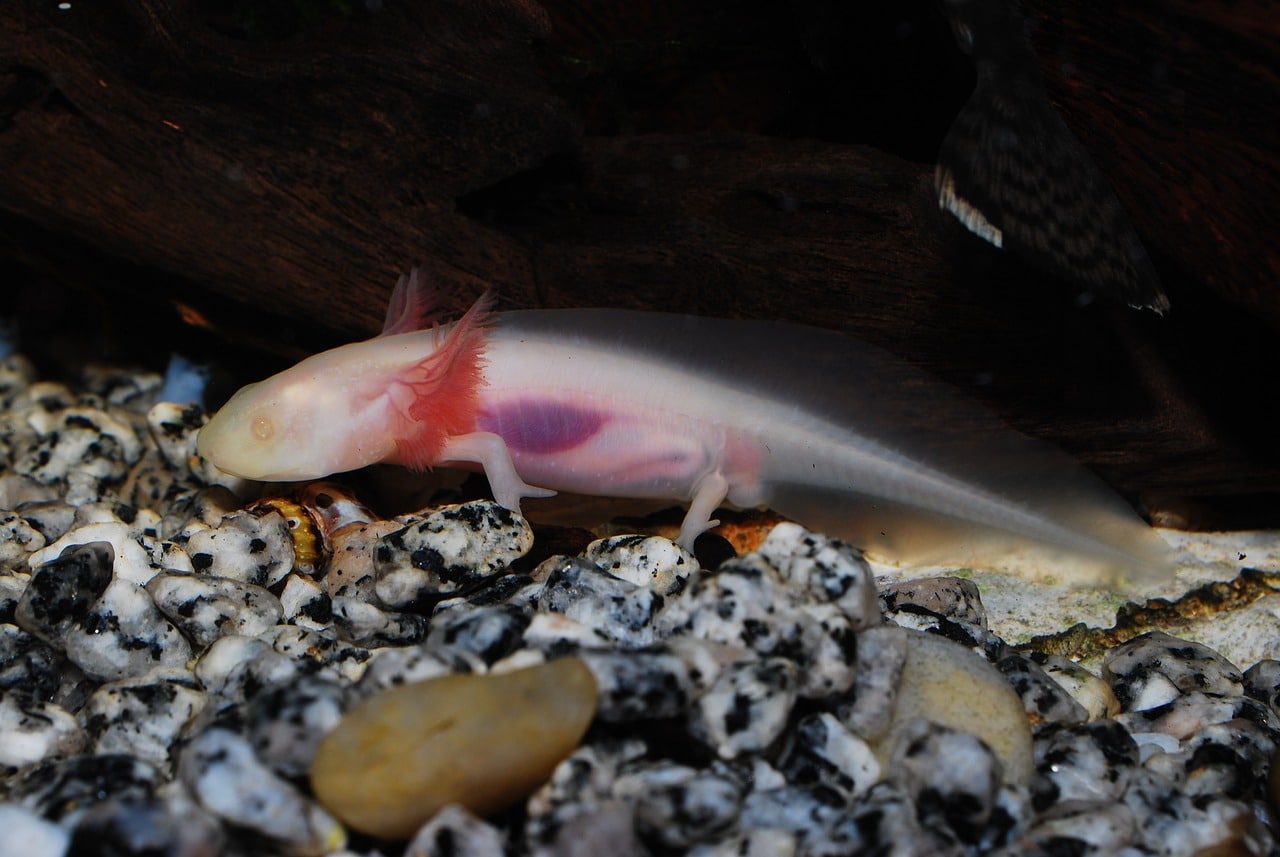 Shutterstock
Shutterstock
The axolotl, a type of salamander, possesses one of the most astonishing mutations in the animal world: the ability to regenerate lost limbs, spinal cord, and even heart tissue. This unique trait is linked to its genetic makeup, which allows it to repair damaged cells without forming scar tissue. This regenerative power means the axolotl can survive injuries that would be fatal to other animals. Scientists are fascinated by its regenerative abilities, hoping to unlock similar powers for human medicine.
Polydactyl Cats with Extra Toes
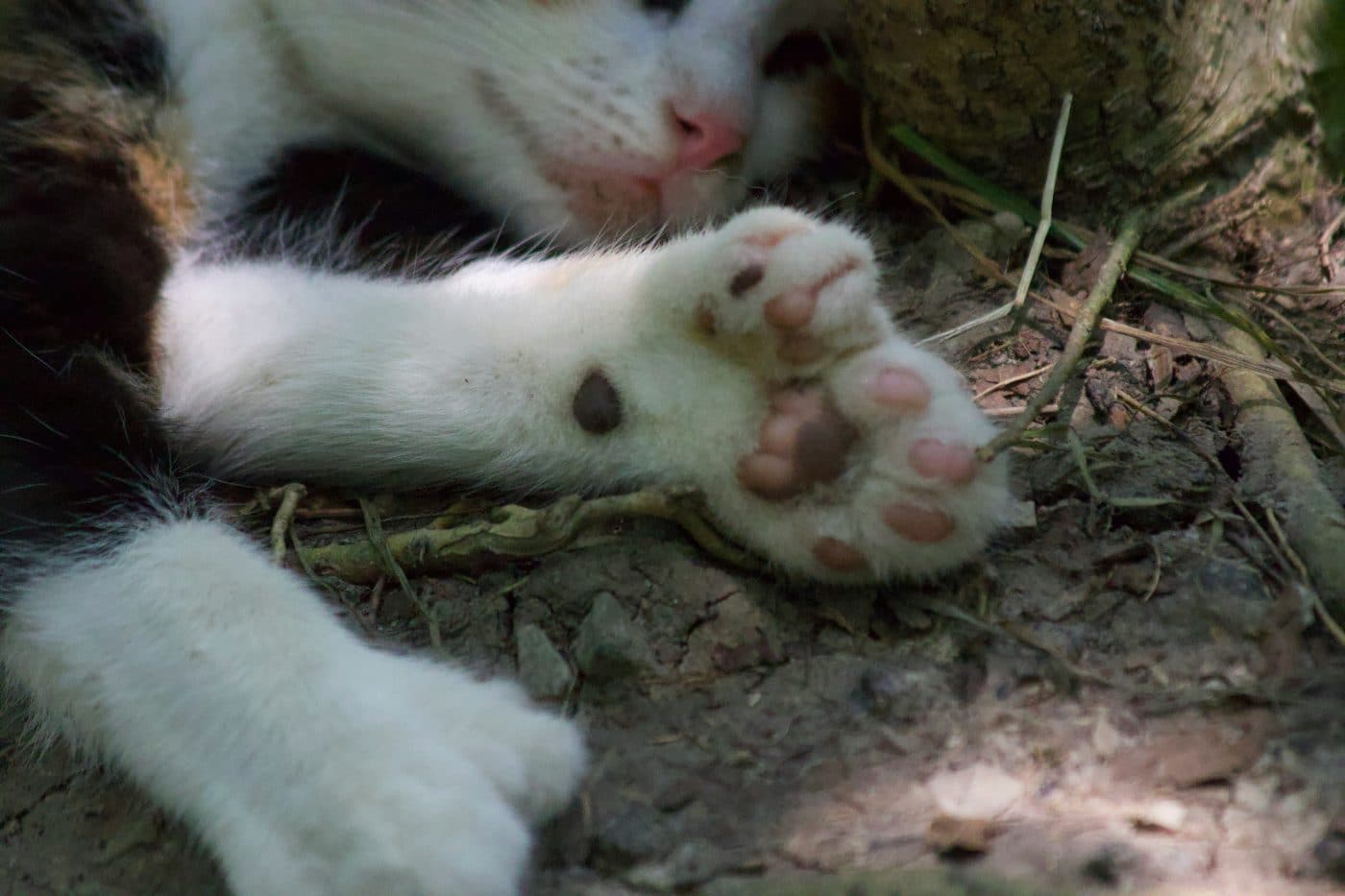 Shutterstock
Shutterstock
Polydactyl cats are born with extra toes on their paws, a rare genetic mutation that makes them look like they have a pair of mittens instead of regular cat feet. While this condition doesn’t pose a health risk, it does give these cats an interesting appearance. In some cases, polydactylism can occur on both the front and back paws, resulting in a cat with six or even seven toes on each foot. Famous for their high number of toes, these cats were beloved by Ernest Hemingway, who kept a large number of polydactyl cats at his home.
Albino Animals
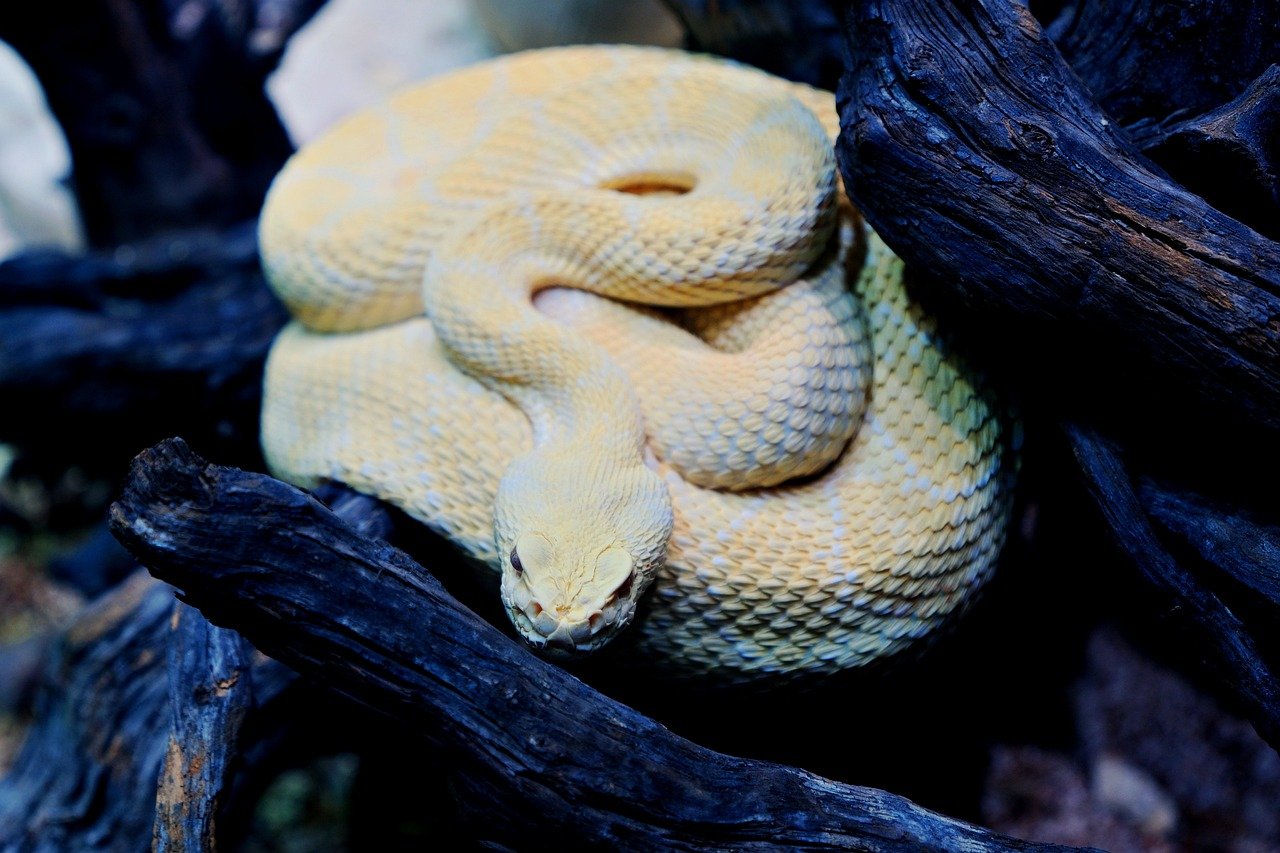 Shutterstock
Shutterstock
Albino animals, such as albino alligators, snakes, and tigers, are the result of a genetic mutation that prevents the production of melanin, the pigment responsible for skin, eye, and hair color. These animals appear completely white or pale, with red or pinkish eyes due to the lack of pigment. Albinoism is rare in the wild because it makes animals more vulnerable to predators, as their unusual appearance can make them stand out. However, in captivity, albino animals are often admired for their striking and unique appearance.
The “Mule” Mutation in Horses
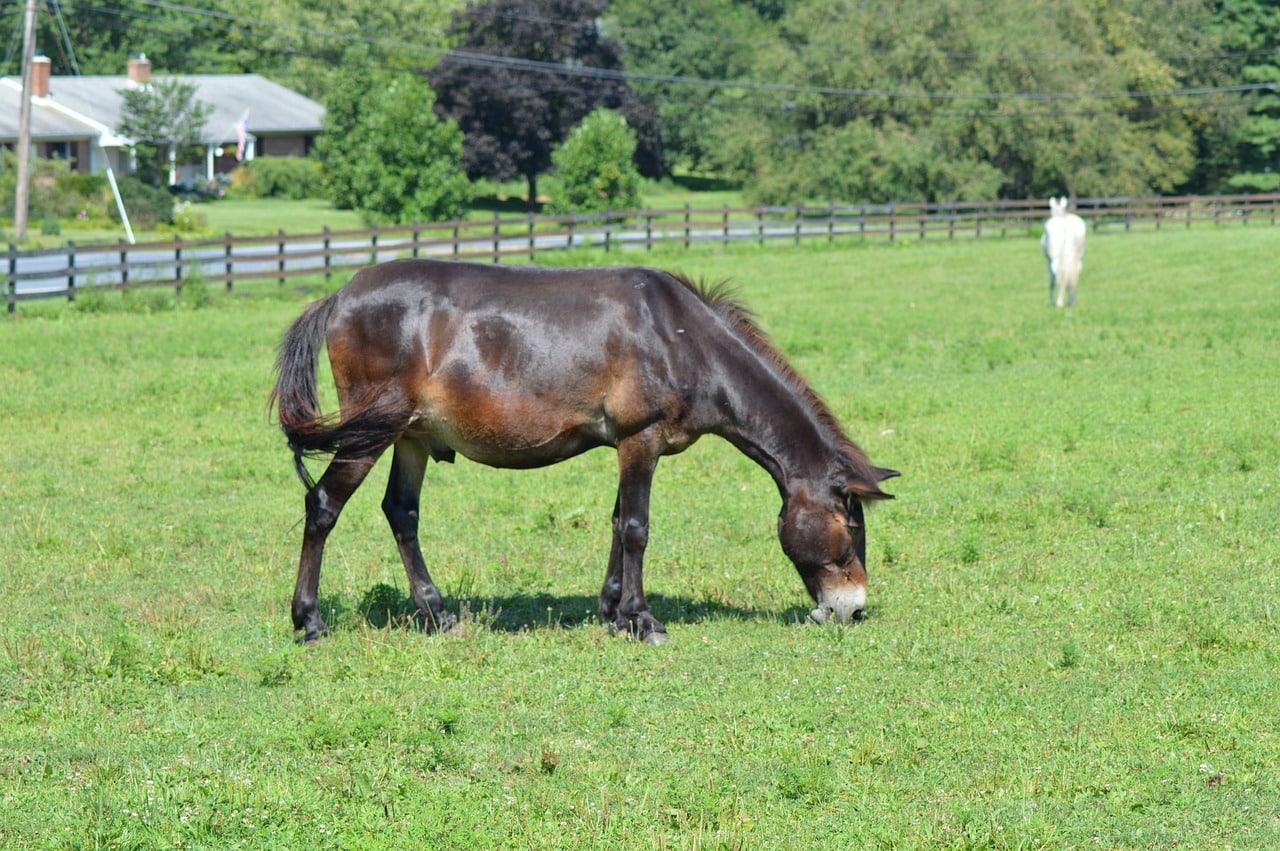 Shutterstock
Shutterstock
Mules, which are the hybrid offspring of a male donkey and a female horse, are known for their unusual characteristics. The mule mutation involves the mixing of the donkey’s strong and sturdy traits with the horse’s speed and endurance. As a result, mules are often much more resilient and capable of carrying heavier loads than horses. However, mules are usually sterile due to the difference in chromosome numbers between horses and donkeys.
Hairless Dogs with Unusual Skin Patterns
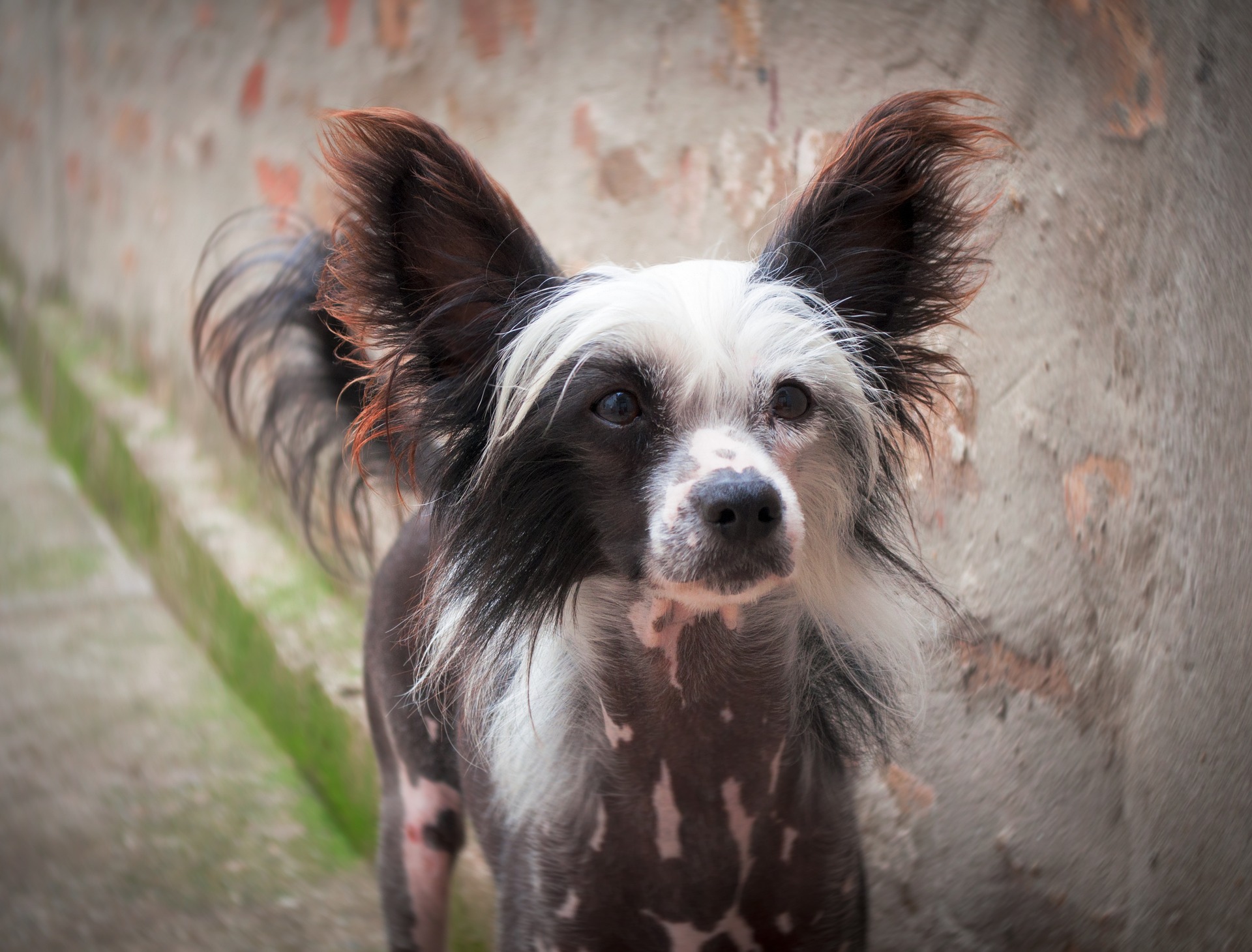 Shutterstock
Shutterstock
Some breeds of hairless dogs, like the Mexican Hairless or the Chinese Crested, show distinctive skin patterns due to genetic mutations that prevent the growth of hair. These dogs often have wrinkled, exposed skin, which is prone to irritation and requires special care. In addition to their lack of hair, these dogs often have unique skin pigmentation or markings that make them stand out. The mutation causing hairlessness can vary, but it has led to several quirky and endearing characteristics that make these dogs particularly unique and popular among pet lovers.
Gigantism in Animals
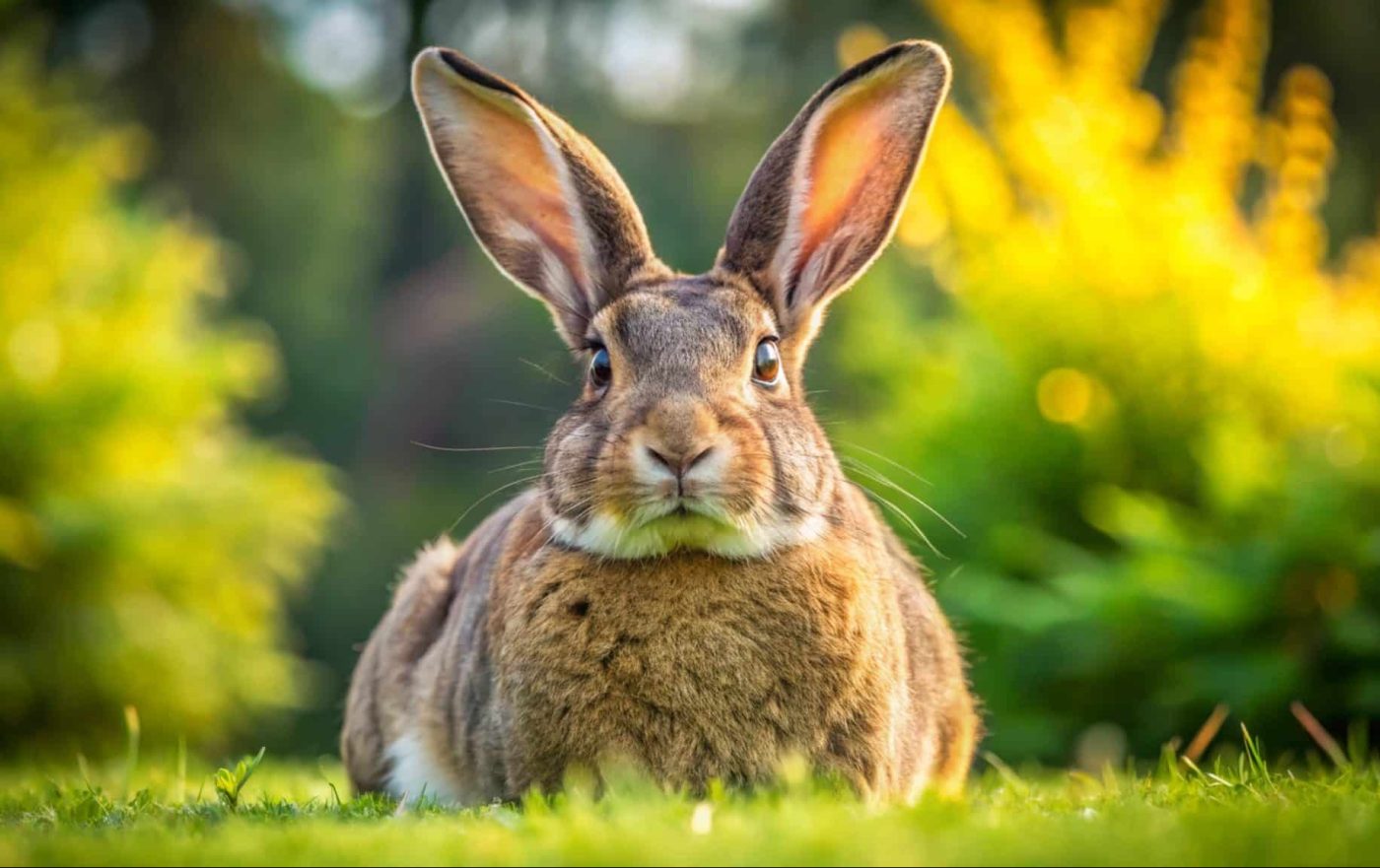 Shutterstock
Shutterstock
Gigantism, a mutation that leads to excessive growth, can occur in various animal species, from elephants to cats. One of the most well-known examples is the giant rabbit, which grows much larger than its normal-sized counterparts due to a genetic mutation affecting its growth hormones. These oversized animals can be both awe-inspiring and alarming, as their larger size can sometimes lead to health complications. Gigantism in animals shows just how much a single genetic mutation can alter the physical characteristics of a species.
Hairless Cats with Extra Skin Folds
 Shutterstock
Shutterstock
Hairless cats, like the Sphynx, are already famous for their lack of fur, but some have an additional mutation that causes them to have more skin folds than usual. This results in a cat with excessive wrinkling on its body, adding to its distinctive appearance. These extra folds of skin are a genetic anomaly, and while they don’t cause any harm to the cat, they do require special care to keep the skin clean and healthy. This mutation adds a quirky visual element to these already unusual felines.
Super-Efficient “Poisonous” Monarch Butterfly
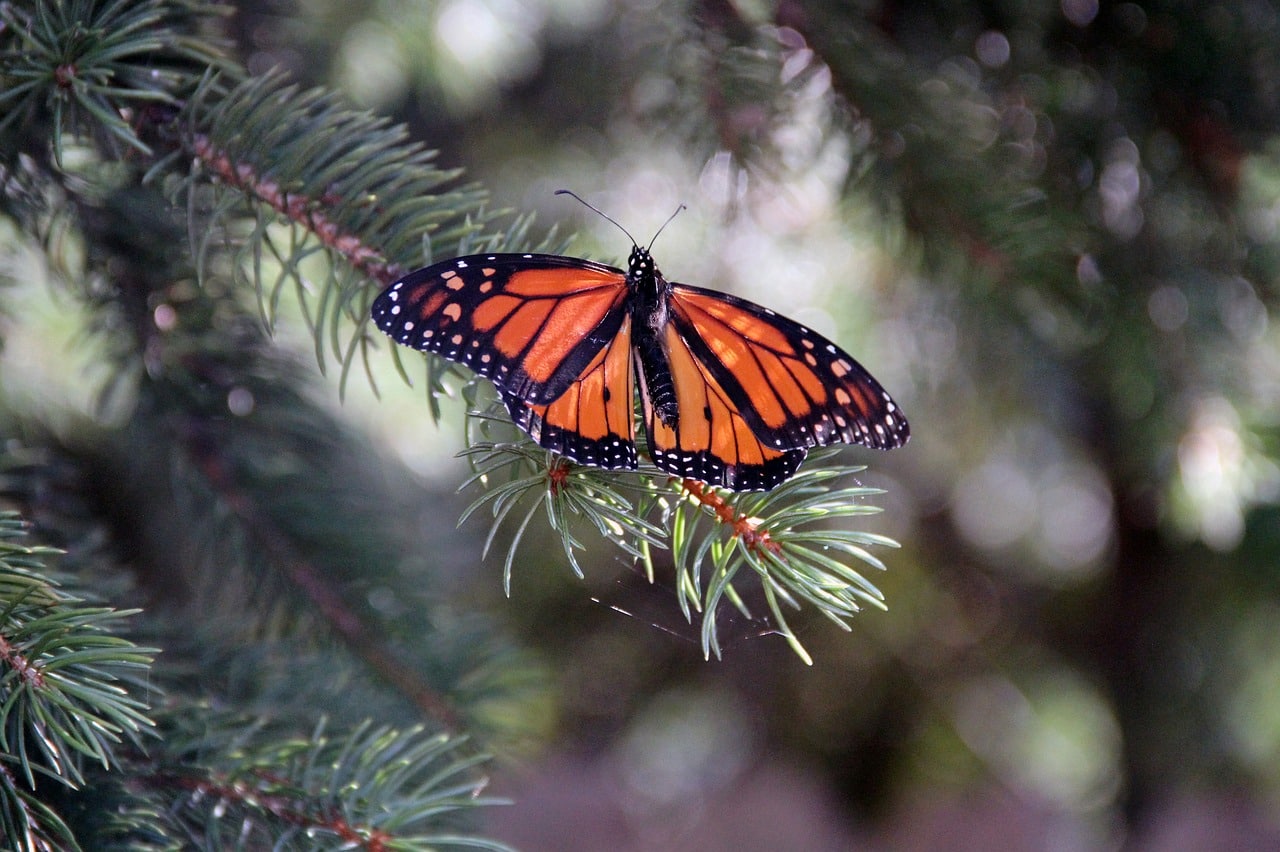 Shutterstock
Shutterstock
Monarch butterflies are already known for their stunning beauty, but some have evolved an even more striking mutation. These butterflies possess an enhanced level of poison in their bodies, making them incredibly toxic to potential predators. This mutation results in higher-than-usual concentrations of the toxins they ingest from milkweed plants. The extra potency in their poison provides these butterflies with an even greater defense against predation, contributing to their survival despite the dangers of their environment.
Glow-in-the-Dark Mushroom
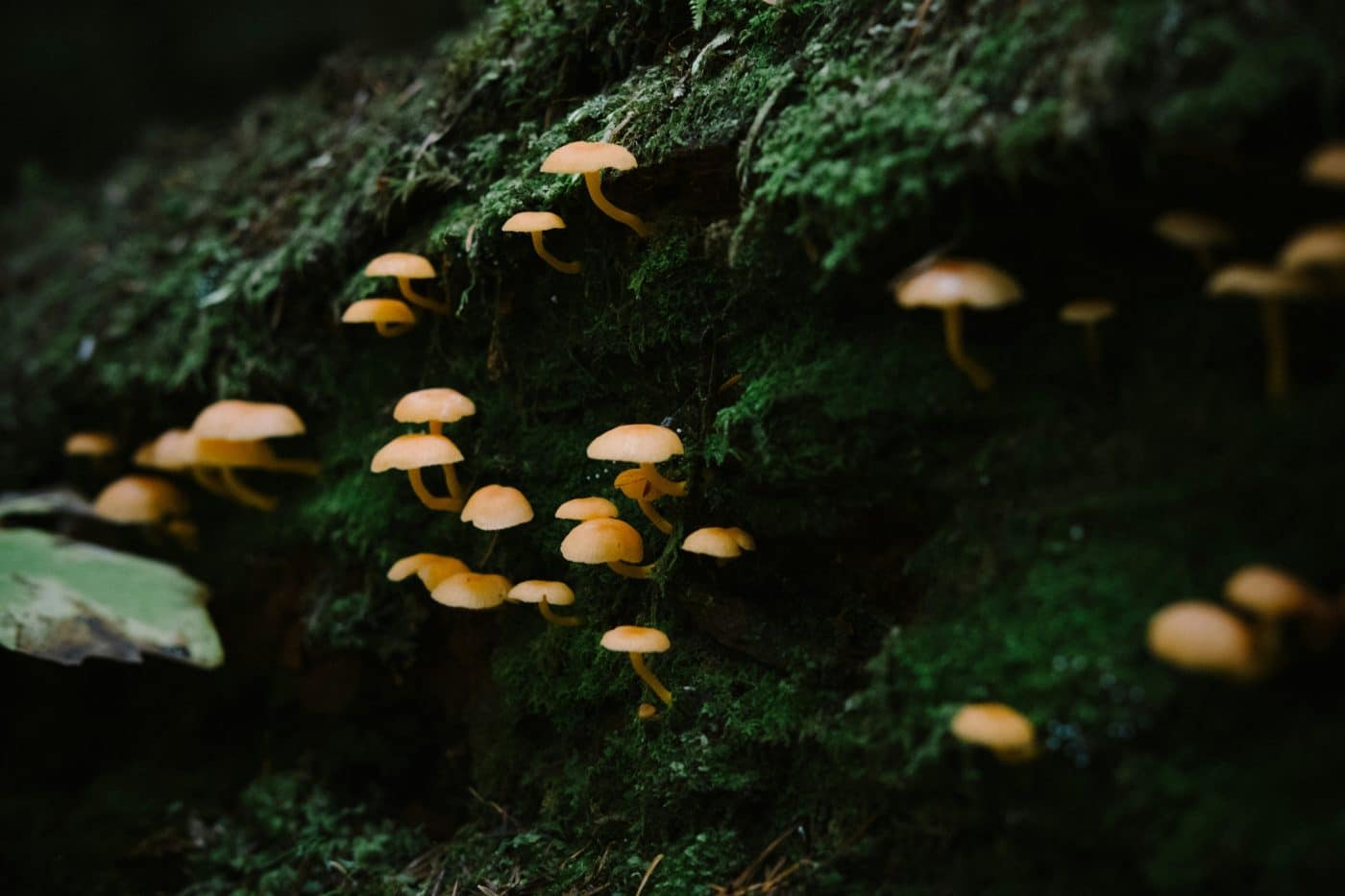 Shutterstock
Shutterstock
Some species of mushrooms, such as the “foxfire” or bioluminescent mushrooms, have evolved to glow in the dark due to a mutation in their chemical composition. This fascinating adaptation is caused by the presence of a protein called luciferin, which reacts with oxygen to produce light. While the glowing feature is beautiful to look at, it also serves an ecological purpose by attracting insects to help disperse spores. This mutation in the mushroom world is a great example of how organisms can evolve to interact with their environment in unexpected ways.
Jellyfish with Super-Sized Tentacles
 Shutterstock
Shutterstock
Some jellyfish species, like the lion’s mane jellyfish, are already known for their large size, but mutations can make certain individuals grow to astonishing proportions. These larger-than-normal jellyfish can develop tentacles that extend to an impressive length, sometimes measuring over 100 feet. The mutation affects their ability to produce longer tentacles that can extend further to catch prey. This mutation creates a formidable predator that can trap larger creatures, making them a serious threat to smaller marine life.
Sharktopus Mutation
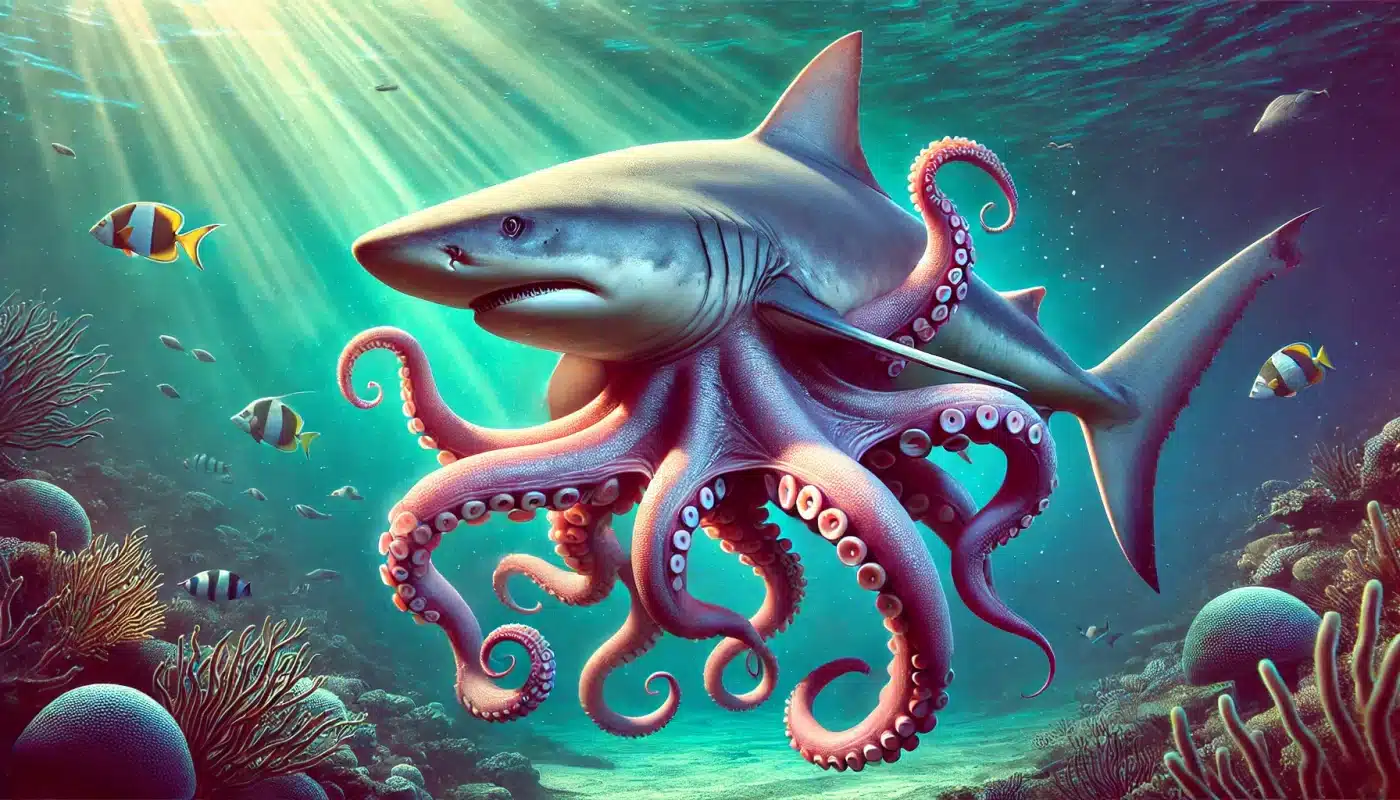 Shutterstock
Shutterstock
Though more science fiction than reality, the “sharktopus” mutation is a concept that has captured the imagination of many. This mutation would hypothetically involve a shark developing octopus-like tentacles. In rare cases, sharks have been found to exhibit unusual appendages, such as extra fins or deformities that cause them to resemble marine creatures with more limbs. While the idea of a shark with tentacles is far-fetched, some real-life mutations in sharks have led to the development of abnormal body shapes, making them particularly odd in appearance.
Blue Lobsters
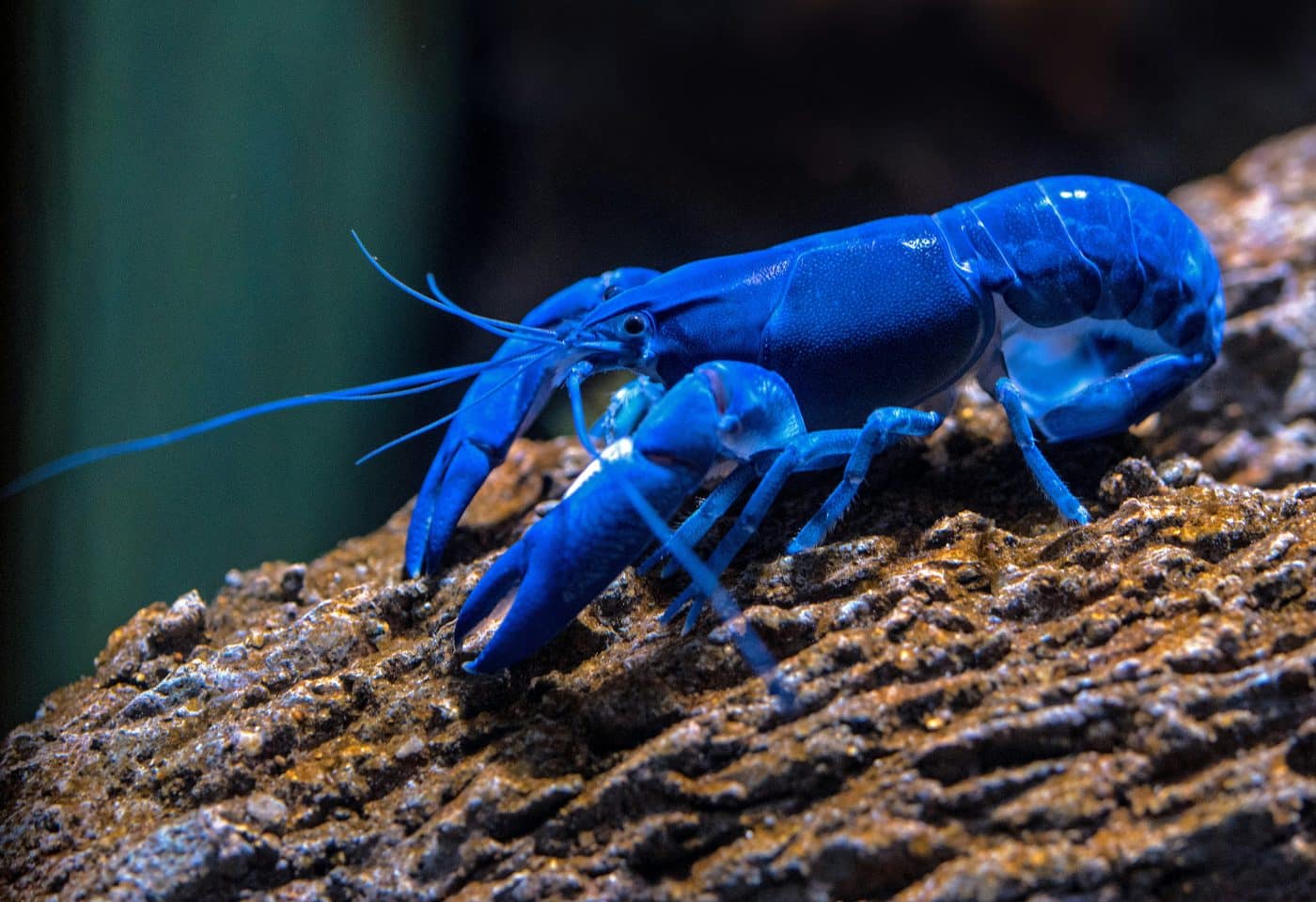 Shutterstock
Shutterstock
Lobsters are usually reddish-brown or greenish when cooked, but some lobsters are born with a genetic mutation that causes them to be blue. This mutation, which affects the proteins in their shells, results in a bright blue lobster that stands out from the rest of its species. Blue lobsters are incredibly rare, with only about one in two million lobsters exhibiting this striking coloration. Despite their rarity, these blue lobsters are sought after by collectors due to their unusual appearance.
Green-Blue Iguanas
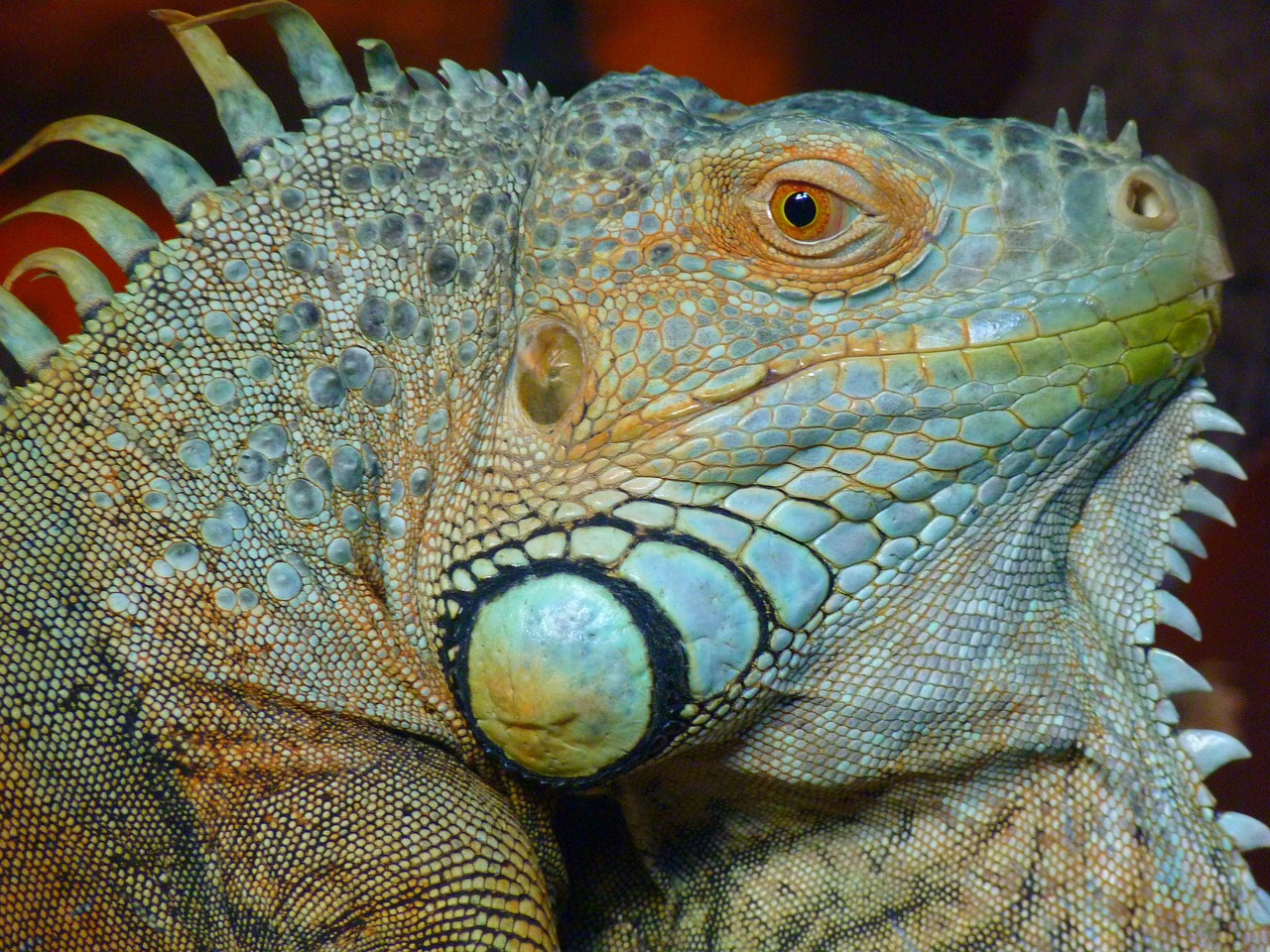 Shutterstock
Shutterstock
Green-blue iguanas are another fascinating result of genetic mutation. Normally, iguanas are green or brown, but in rare cases, they develop a beautiful greenish-blue color. This striking coloration results from a rare genetic anomaly that alters the pigmentation of their skin. These mutated iguanas are highly sought after in the pet trade due to their unique appearance, adding another layer of intrigue to the already captivating reptile world.
The Mutant Menagerie
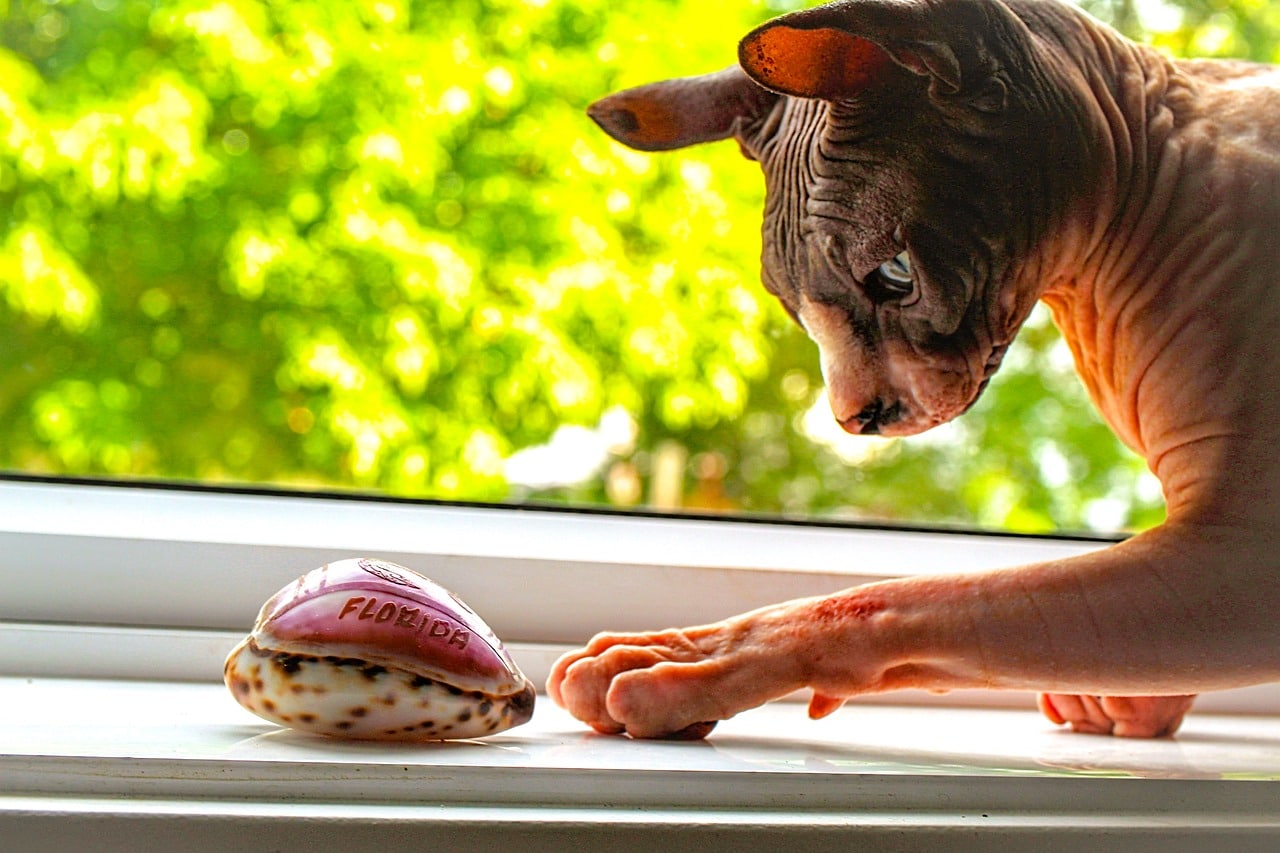 Shutterstock
Shutterstock
The world of animal mutations is endlessly fascinating. These bizarre anomalies showcase the unpredictability of evolution in the most surprising ways. While some mutations provide key survival benefits, others are purely cosmetic, yet all of them add to the incredible diversity of life on Earth. These strange traits remind us that nature is full of surprises and never fails to captivate. Each mutation adds another layer of wonder and mystery, making the animal kingdom more intriguing and awe-inspiring than we ever imagined.
 Toledo, United States.
Toledo, United States.
